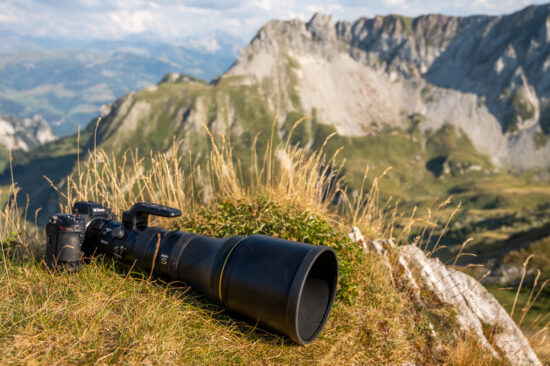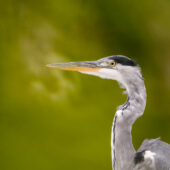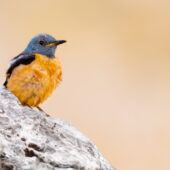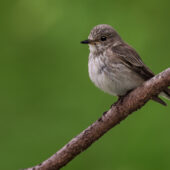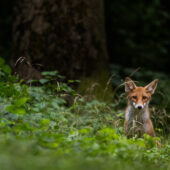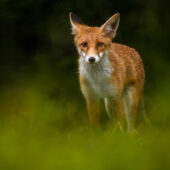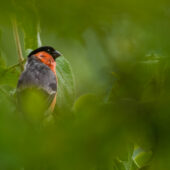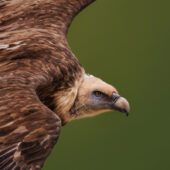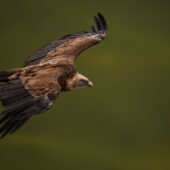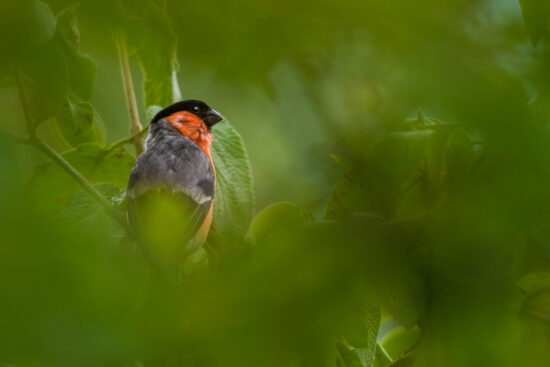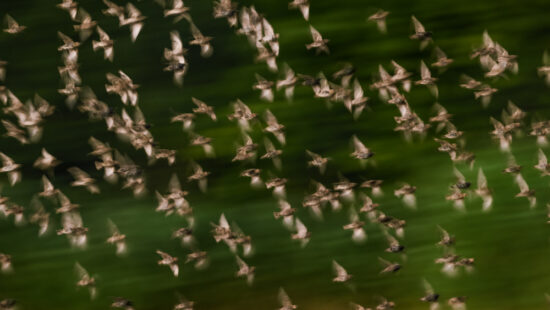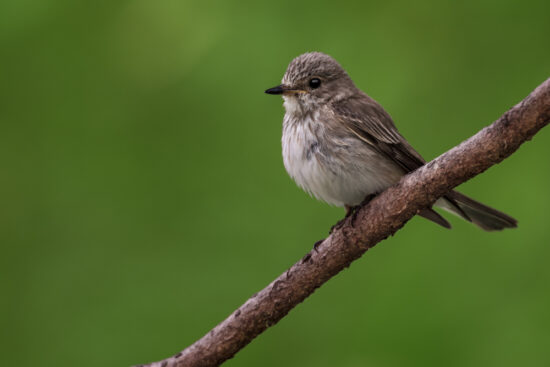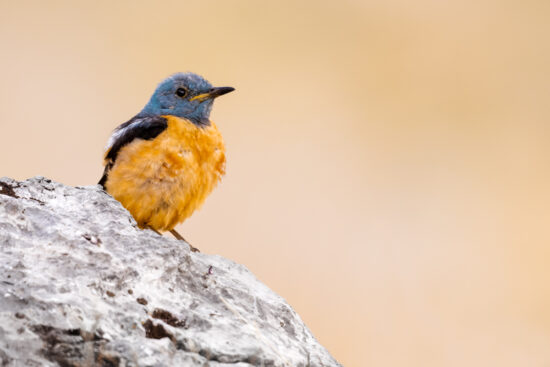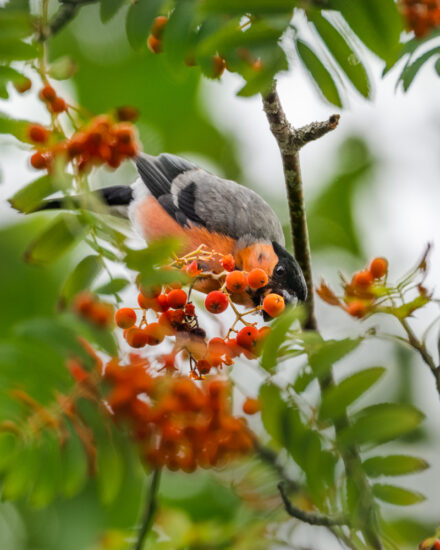Review of the Nikon NIKKOR Z 800mm f/6.3 VR S lens by Nicolas Stettler (Facebook | Instagram | Flickr):
Update: higher resolution images can be downloaded from this link.
For wildlife photography, telephoto lenses with a focal length between 400mm and 600mm are the absolute standard in the vast majority of cases. Most animals are rather shy towards humans and need to be significantly magnified with large and heavy lenses. Sometimes, however, even 600mm is not enough for the animal to be imaged large enough.
The Nikon Z 800mm 6.3 is the ideal lens for situations where small animals in particular, tend to stay at a distance. Thanks to the special Phase Fresnel lens, the lens is also relatively compact and, at 2.4kg, also very light. Compared to the competition and also to Nikon’s own f-mount equivalent, the new 800mm is also significantly cheaper.
I had the chance to test the lens for a week in various situations. Among other things, I went into the mountains for a few days to look for griffon vultures. But I also did some photography in very low light situations to see how the Z 9 handled the maximum aperture of f/ 6.3.
Info: I was allowed to borrow the lens for one week from Nikon Switzerland. I would like to thank them for this amazing opportunity – but I would also like to say that this did not influence my review in any way.
Image quality
In terms of image quality, there are no bad surprises with this lens. Like all Nikon Z-mount lenses I have used so far, this lens leaves nothing to be desired optically. When I compare the sharpness of this new 800mm with the new 400mm 2.8, the 400 is slightly sharper, but both are on an incredibly good level. The 800mm is just “very, very sharp” and the 400mm is in a whole new league of its own. Optical errors such as chromatic aberration seem to be practically non-existent and therefore, the subject of image quality can be ticked off quite easily for this lens. The only thing that is wort mentioning with this lens is, that at this range of focal length, heat haze can be quite a big problem. Obviously heat haze is an issue, all telephoto lenses can’t do anything about it. It’s just that 800mm is particularly sensitive to heat haze.
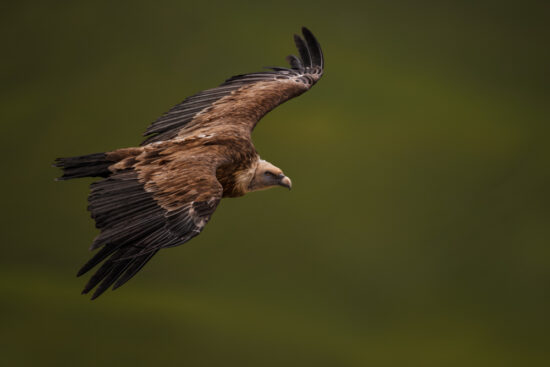
The Nikon 800mm f/6.3 is not only convincing in terms of compactness and weight, the lens also performs very well in terms of image quality.
Autofocus
While in terms of image quality, the 800mm is almost on par with the 400mm 2.8, in terms of autofocus speed there are certainly some differences. That doesn’t mean that the autofocus is slow in any way, it’s just a bit slower than the AF on the 400mm 2.8. This is particularly noticeable when it’s hunting for focus in a bit lower light. That’s probably because of two factors:
For one, the smaller aperture opening of f/6.3 means that the Z9 receives a lot less light and therefore needs a bit more time to evaluate the scene.
Secondly, the 800mm hasn’t built in the new Silky Swift VCM to my knowledge and instead used a more conventional autofocus system. This was surely also a question of cost but in general the difference is pretty small anyway, especially in better lighting conditions. And when the light is sufficient, the focus is practically instantaneous.
The use of a more conventional autofocus system also means, that the lens isn’t perfectly silent. Especially when the autofocus is hunting, you do hear it a bit. This is nowhere near as loud as the latest generation 500mm f/4, for example, but I still think it’s important to mention that the lens isn’t as quiet as the 400mm 2.8.
Another point regarding focus worth mentioning is the closest focusing distance. At 5 m, the lens is definitely not suitable for cooperative animals. If an animal comes closer than 5 m, the 800mm focal length would be a bit much anyway. For my tests I particularly avoided such subjects. If you were to buy an 800mm, I’d definitely recommend another midrange telephoto lens just for those more cooperative animals. An ideal lens for that would for example be the 400mm f/4.5, allowing for a really lightweight and pretty flexible combo for wildlife.
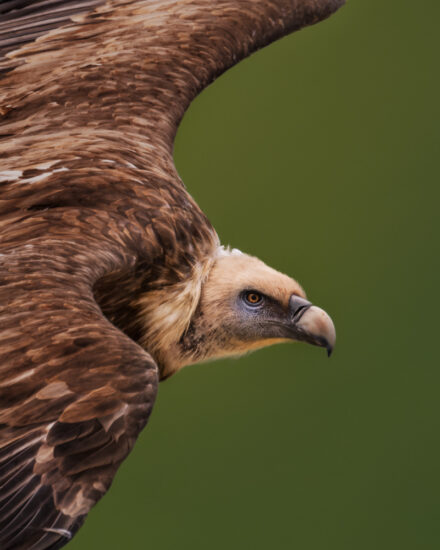
The autofocus of the 800mm f/6.3 is not quite as fast as that of the 400mm f/2.8, but it is quite sufficient in the vast majority of situations.
Image stabilizer
Longer telephoto lenses are prone to quite a bit of camera shake, because of its weight and long focal length. With the new 800mm camera shake isn’t really an issue anymore as I found the VR to be particularly remarkable with this lens. Especially in combination with the IBIS of the Z9, the VR is extremely effective. In tests with the lens, I got sharp photos with shutter speeds as slow as 1/13 of a second. Of course, with such a slow shutter speed, not all photos are perfectly sharp, so in the field, I added some safety margin. Still, a high percentage of sharp photos at 800mm and around 1/30 second handheld shutter speed shows that the VR of this lens is really capable.
Unlike the autofocus, the lens’ VR is completely silent, so it still lends itself very well to filming. Audio recordings from a microphone on the camera’s hotshoe now no longer pick up any annoying buzzing from the VR, which is very welcome, especially for the way I have filmed before.
Weight and handling
With over 4.5 kg, the 800mm 5.6 for the f-mount certainly wasn’t a light lens. Thanks to the addition of a Phase Fresnel lens, the new 800mm 6.3 is remarkably lighter (just under 2.4 kg) and also more compact. Phase Fresnel lenses isn’t a completely new when it comes to Nikon lenses. With the 300mm f4 and the 500mm 5.6, Nikon has already released two very popular lenses with the PF-Technology. Both lenses for the f-mount, the lenses are nevertheless exceptionally light, compact and yet razor sharp.
At just under 2.4kg, the 800mm is indeed a lightweight. Even with the relatively heavy Z9, I was able to shoot handheld for longer periods without a problem. What is especially noticeable compared to the 400mm 2.8, however, is that the lens is less well balanced for me personally, as much of the weight is further forward on the lens. This is especially noticeable because the manual focus ring is very far back. In the field, I developed a style of shooting where I use the manual focus still quite a bit. Therefore, the – for my taste – weird positioning of the manual focus ring was quite noticeable to me. As for anyone who doesn’t use the manual focus that much, the positioning won’t really bother though.
While we’re on the subject of the focus ring, it has quite a bit of resistance and to get from infinity to very close, you turn for what feels like an eternity depending on your speed. The fact that the focus ring is so far back doesn’t help with quickly turning the ring either.
Further to the front of the lens is a function ring, as found on almost all Z lenses. And like on all other Z lenses that I used so far, this was pretty much the first thing I disabled in the menu. So far, I haven’t really been able to get comfortable with this ring (and I’ve tried a few times). As it’s much closer to the place where I hold the lens, I bump this ring quite often and I don’t want to change ISO or Exposure compensation by accident.
I would prefer – as I would with the 400mm 2.8 – if the function ring and focus ring had swapped places. The Z9 offers the ability to swap zoom and focus on certain lenses. Maybe there will be a similar feature for the focus ring and the function ring someday.
It must be said that the fact that the resistance and the position of the focus ring (something that is only very rarely really needed with the Z9’s focus system anyway) are the only real points of criticism shows how well the lens performs otherwise.
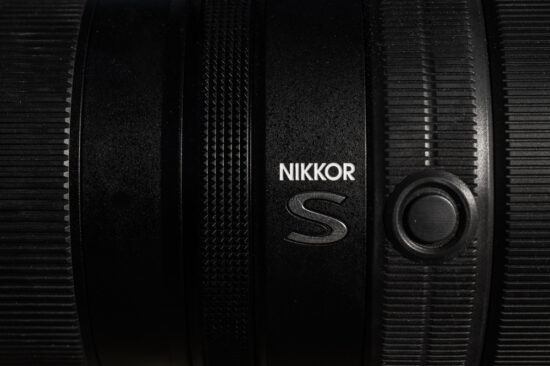
The focus ring is located behind the function ring. The two have a different texture so that they can be easily distinguished. Personally, I would have preferred to have the focus ring in the place of the function ring.
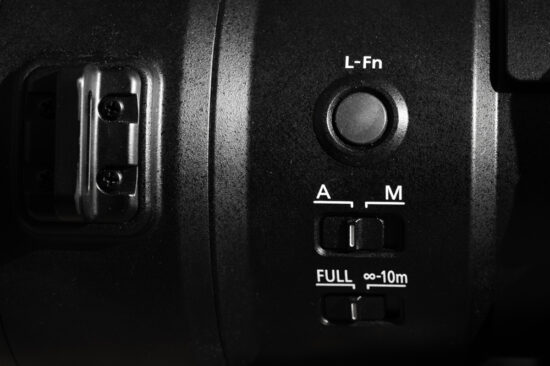
There is a switch on the lens to turn the autofocus on and off. Furthermore, the focus can also be limited to a minimum focus distance of 10m.
In addition to the function ring, there are four buttons around the lens barrel on the lens that can be assigned a function such as autofocus activation. A bit further back on the lens, on the left side, is another function button that can be assigned to a wide range of functions. At the back, there are two small switches. Besides the choice between autofocus and manual focus, the focus can also be limited to a distance range. Like with the 400mm, I would’ve preferred to not only have the option between full and 10m infinity but also between 5-15 m.
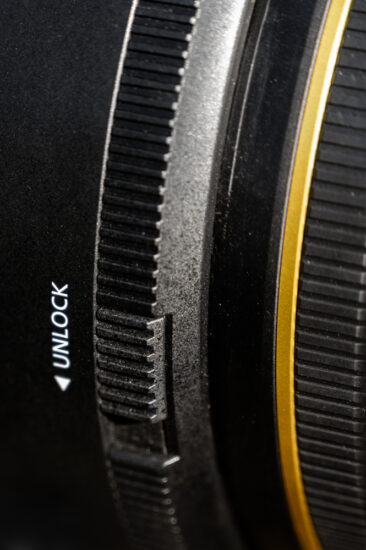
The 800mm has a sunshade mechanism which is similar on much smaller lenses. For me, the classic approach would probably have suited better, but it doesn’t really matter that much.
Unlike the classic large fixed focal lengths, Nikon has incorporated a new lens hood mechanism on the 800mm. In terms of operation, it is more like the one found in smaller lenses. For me, the usual mechanism with the small screw would have fit a bit better. In the end, however, it works this way and it’s only a small detail. Since the lens fit into the f-stop Shinn with the Z9 and the lens hood attached, I didn’t have to deal much with the mechanism anyway.
My conclusion
Overall, the lens makes a really good impression. Due to the long focal length, the low weight and the relatively low price, the lens is very interesting especially for bird photographers. Even on longer day trips in the mountains, the lens can be easily taken along and thanks to the long focal length, even very shy birds can be photographed relatively well. For me personally, however, it’s not the first choice as a telephoto lens. 800mm are extremely advantageous for some situations, but in many cases also way too much. Furthermore, I myself work very often with animals, for which the minimum focus distance of 5 m would not be sufficient. Here, for example, the 400mm 2.8 with a minimum focus distance of 2.5 m is much better suited. A big advantage of the 800mm over the 400mm though is its price. Here in Switzerland, the 800mm is more than half the price of the 400mm 2.8. It actually occupies a practically new price region. Long fixed focal lengths used to cost way more and cheaper telephoto lenses were then mostly zoom lenses and qualitatively far below the level of a fixed focal length. The 800mm breaks new ground here and combines very good quality with a relatively good price with low weight as a very welcome bonus.
I would recommend this lens to photographers who work with very shy animals. Especially in combination with the new 400mm f/4.5, one would have covered the telephoto range pretty nicely, at a relatively low cost and especially low weight.
This review was initially published here. Check out also Nicolas’ reviews of the Nikon Z9 camera and NIKKOR Z 400 mm 2.8 TC VR S lens.
If you have an interesting idea for a guest post, you can contact me here.
Previous coverage of the 800mm Z lens can be found here. Check Nikkor Z 800mm f/6.3 VR PF S lens pricing and availability at:
| Americas | Europe |
| Adorama Amazon B&H Photo Pauls Photo Service Photo Camera Canada | WEX (UK) Jessops (UK) Calumet (DE) Foto Koch (DE) Foto Erhardt (DE) |
